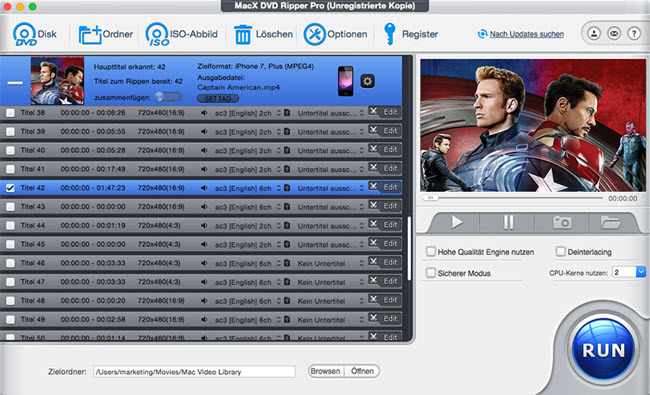
- #OUTLOOK FOR MAC VIEW APPOINTMENT AUDIT TRAIL HOW TO#
- #OUTLOOK FOR MAC VIEW APPOINTMENT AUDIT TRAIL WINDOWS#
Get-AdminAuditLogConfig -DomainController Get-AdminAuditLogConfig -DomainController dc1 On my network, I can use the host name or the fully qualified domain name (fqdn). To do this, use the DomainController parameter. In a large network, it might be preferable to specify a specific domain controller from which to retrieve the administrator audit logging configuration. The use of this command and the associated output from the command are shown in the following image. To determine the status of audit logging, use the Get-AdminAuditLogConfig command. In addition, the detailed logging provides a history of changes to the organization, which are useful from a regulatory compliance perspective or as a troubleshooting tool.īy default, Microsoft Exchange Server 2010 Service Pack 1 enables audit logging on new installations. This permits the ability to trace back changes to a specific user for auditing purposes. This feature logs when a user or an administrator makes a change to the Exchange organization. One of the cool features of Exchange Server 2010 is the Administrator Audit Logging feature.

#OUTLOOK FOR MAC VIEW APPOINTMENT AUDIT TRAIL WINDOWS#
The commands to import the helper function library, use the aliases to create a new implicit remoting session to the server running Exchange Server 2010, and then use the alias to retrieve the Exchange commands appears in the image that follows.Īfter establishing an implicit remoting session to the remote server, the Windows PowerShell console is ready to use to manage the server. E:\data\ScriptingGuys\2012\HSG_1_23_12\ExchangeHelperFunctions.ps1

This command brings both functions and both aliases into the current environment.
#OUTLOOK FOR MAC VIEW APPOINTMENT AUDIT TRAIL HOW TO#
Here is an example of how to do that (note there is a space between the period and the path to the function library. The first thing to do is to dot source the two functions into my current environment. The first alias is NXS for the New-ExchangeSession function, and the second alias is GCX for the Get-ExchangeCommand. In keeping with my Windows PowerShell best practices, this function library incorporates two new aliases for the two functions. I uploaded the two functions to the Exchange Server 2010 Helper Function library in the Scripting Guys Repository. To make it easier to work remotely, I wrote about the New-ExchangeSession function on Monday and the Get-ExCommand function and on Tuesday in the Hey, Scripting Guy! Blog. The good news is that new installations of Exchange Server 2010 Service Pack 1 enable this logging by default. This is because Exchange Server 2010 has a feature called Administrator Audit Logging. BV, if your Exchange administrators use their own user accounts to do their work, and they are not using a generic logon account, it is very possible that changes made to your Exchange Server 2010 are logged.

I was able to identify the changes unfortunately, they were all made via the Administrator account. Back when I was a consultant, I was called in to help a company determine who had been embezzling money by manipulating their accounting database. Microsoft Scripting Guy, Ed Wilson, is here. Please don’t tell me I have to enable something, because I would love to prove it is not me who has been messing up. I have checked the Application Logs and the Security Logs to try to see who has been making the bad changes to our server, but I do not see anything that can help me chase it down. The problem is that there are several Exchange administrators in our company, and recently we have been having all sorts of Exchange Server problems. We are currently evaluating Service Pack 2 but frankly, after the trouble we had upgrading to Service Pack 1, it might be a while. We are running Microsoft Exchange Server 2010 and we are running Service Pack 1. In fact, if you cannot help me, I might be looking for a new job. Hey, Scripting Guy! I am not sure this is a scripting question, but I need help, and you seem to like to help people. Summary: Learn how to use a new Exchange Server 2010 cmdlet to audit via Windows PowerShell changes made to the server.


 0 kommentar(er)
0 kommentar(er)
